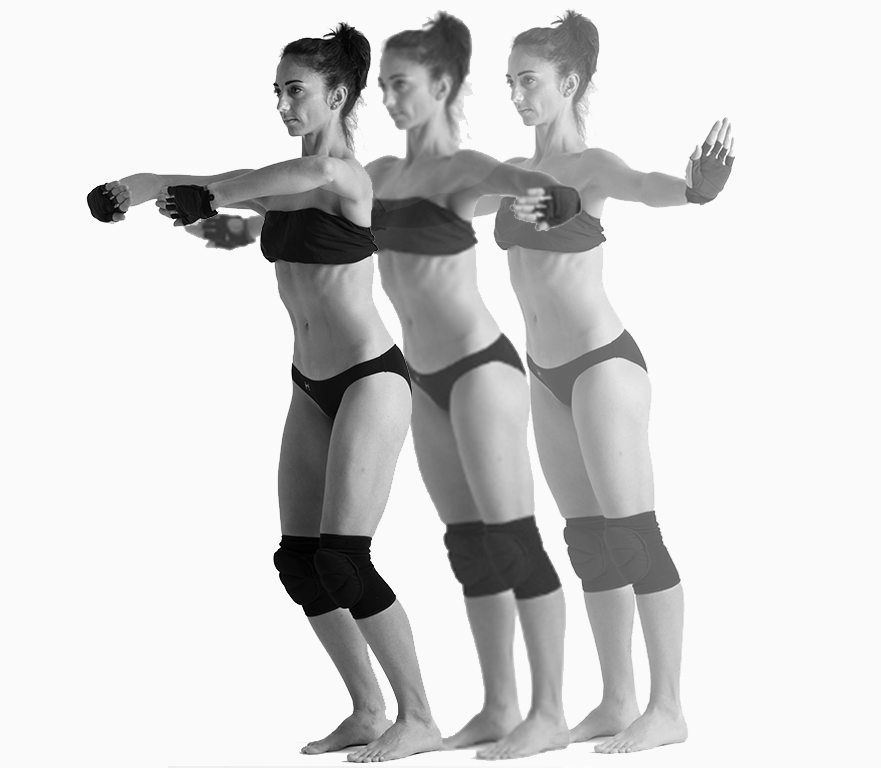By Jenny Osorio and Marcel Caufriez
We welcome the paper by Martin-Rodriguez and BØ on the Hypopressive Abdominal Technique (HAT) (1) and share their concerns regarding the time that has elapsed between first observations and the achievement of level 1A evidence in physiotherapy. Creator of the Hypopressive Method (and blog co-author), Dr. Caufriez is not cited by Martin-Rodriguez and BØ and in this blog will clarify his proposed method.
In the early 1980s, Dr. Caufriez developed the hypopressive method, which in its therapeutic application includes the HAT, manual and instrumental therapy and ecophysiological techniques (HAT is not applied in isolation). (2) The HAT includes 3 groups of exercises:
- Hypopressive abdominal gymnastics (HAG),
- Diaphragmatic aspiration techniques (DAT), and
- Techniques of tensional transfer (TTT).
HAG exercises are grouped into various programmes and classified depending on exercise intensity and the desired therapeutic responses. A hypopressive gymnastic exercise is a succession of postures forming a complete movement. These postures are called “postural steps” and currently, there are more than 800 hypopressive postural steps. (2)
The HAT acts on the abdominal pressure by relaxing the postural activity of the thoracic diaphragm and normalizing the activity of respiratory muscles. They also increase the postural activity of the abdominal girdle. Resistance of the abdominal girdle is involved in the movement of the digestive and pelvic viscera to the effort that usually follows an axis navel – coccyx down and back on the two domes of the pelvic floor. (3,4) The HAG exercises are used to ensure greater management of abdominal pressure and to reestablish synergy between abdominal girdle and pelvic floor. The HAT is aimed at treating symptoms of postural deficiency syndrome, (5) such as restoring a postpartum woman’s body schema, as a complement to spinal dysfunction and pelvic floor therapeutic techniques, among others. In addition, the potential effectiveness of HAG in an aquatic environment has been studied. (6)
Hospitals, universities and rehabilitation centers have used the hypopressive method extensively. Unfortunately, some have tried to use it without adequate training which has resulted in confusion around the method. We call the attention to continue the support of high quality trials to generate evidence for HAT use in physiotherapy.

Other BJSM blogs on the abdominal hypopressive technique (8 Jan 2018): The on-going debate about the usefulness of abdominal hypopressive technique on pelvic floor dysfunction: Evidence or evidence, there is no room for speculation.
***
Competing interests:
Jenny Osorio: Head Lecturer in the Hypopressive Method, Interdisciplinary Academy in Motor Sciences – AICM
Marcel Caufriez: Creator of the Hypopressive Method and the perineal tonometer
Biographies:
Jenny Osorio: Physiotherapist, Universidad del Valle-Colombia. Student of Master in Neurosciences, University of the Balearic Islands. Lecturer in Hydrotherapy, Universidad del Valle-Colombia. Address: Center of Research and Functional Therapy. Calle Cami de la Serra 4, 07181 Bendinat Balear Islands (Mallorca) Spain Email: marcelcaufriez@hotmail.com. jloa77@hotmail.com
Marcel Caufriez (@MarcelCaufriez): PhD in Sciences of Motricity (Rehabilitation and Kinesitherapy), Free University of Brussels. Physiotherapist, Researcher and Lecturer. Director of the Research Laboratory of Ecophysiology of Mallorca.
References
- Martin Rodriguez S., Bo K. Is abdominal Hypopressive technique effective in the prevention and treatment of pelvic floor dysfunction? Marketing or evidence from high-quality clinical trials? Br J Sports Med. 2017.
- El Método Hipopresivo del Dr. Marcel Caufriez Tomo 1, Génesis programa de Base de la Gimnasia Abdominal Hipopresiva. M. Caufriez – Mallorca 2016 No. Editorial: AE-2016-16006770 No. de registro en la biblioteca Royal de Bélgica D/2016/5591/1 ISBN-13: 978-84-608-7890
- Caufriez, M. Contribution a l´etude des mecanismes physiopathologiques en cause dans l´incontinence urinarie a l´effort chez la femme. Thèse de Laboratoire d´analyse de mouvement Institut Superieur de Kinésitherapie; Université Libre de Bruxelles, Bruxelles. 1991
- Navarro Brazález B., Torres Lacomba M., Arranz Martín B., Sánchez Méndez O. Respuesta muscular durante un ejercicio hipopresivo tras tratamiento de fisioterapia pelviperineal : valoración con ecografía transabdominal, Fisioterapia, 2017, 39(5):187-194
- Caufriez M., Fernandez J.C., Fanzel R., Snoeck T.Efectos de un programa de entrenamiento estructurado de Gimnasia Abdominal Hipopresiva sobre la estática vertebral, cervical y dorsolumbar. Fisioterapia, 2006, 28(4): 205-216
- Caufriez M., Fernández J.C., Guignel G., Heimann A. Comparison between abdominal pressure variations in acuatic and aerial enviroment during four hipopressive gymnastic exercises. Rev Iberoam Fisioter Kinesiol 2007, 10:12-23